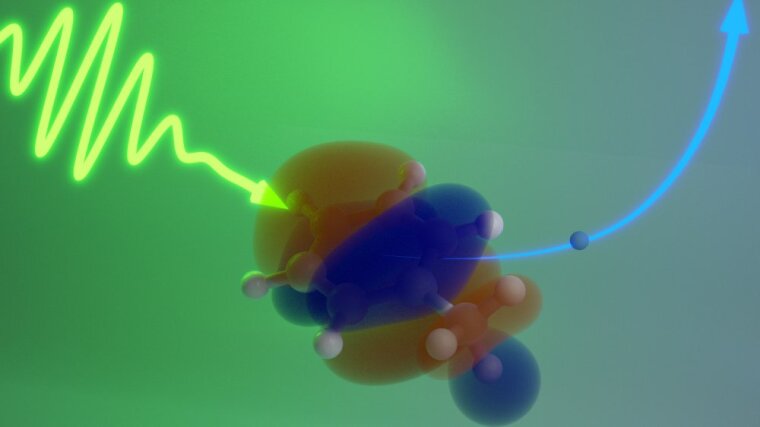Ultrafast dynamics in liquid crystals: a close look to coupled electron-nuclear dynamics in a tunable order/disorder media
Dr. Laura Cattaneo
Max Planck Institute for Nuclear Physics
LCs are unique metaphase materials bridging the properties of liquids and solids. Due to their anisotropic molecular structure and high polarizability, their molecular orientation, and thus optical properties, can easily be tuned by applying moderate electric fields, which makes them ideally suited for
display applications. Currently LCs based technologies and research are increasingly expanding, from organic semiconductors in transistors or photovoltaic cells to quantum light source [1-3], but a detailed knowledge of the triggered electron and n uclear dynamics and related couplings at different time and spatial scales is still largely missing. This is of particular importance not only for a better exploi tation of these systems in optical as well as transport application s but it is a key aspect when targeting the man ipulation of electronic proper ties via light induced coherent dy namics in partially disordered media.
LCs serve as an ideal benchmark material since the ir order param eter can be controlled from completely
random distribut ion, like a perfect liquid, to a periodic crystalline phase, crossing different mesophases
characterized by a certain degr ee of orientati onal and/or positi onal order .
A unique point of view in terms of time-resolution and local-order sensitivity towards such combined electron-nuclear dynamics is offered by the high harmonic generation (HHG) spectroscopy technique [4–7].
In this talk I will present our recent experimental observation of HHG in thermotropic LCs in the nematic and isotropic mesophases up to 9th order [8]. We found the harmonic emission in the nematic mesophase to be strongly dependent on the relative orientation of the driving field polarization with respect to the LC alignment. Specifically, the harmonic yield has a maximum when the molecules are aligned perpendicularly to the polarization of the incoming radiation. These results have been obtained in static LC cells limiting the experimental observations due to accumulated damages. To overcome this issue, we developed a temperature controlled recirculating LC-based flat-jet [9]. Preliminary results will be presented.
References
1. Uchida, J., Soberats, B., Gupta, M. & Kato, T. Advanced Functional Liquid Crystals. Adv. Mater. 34, 1–33 (2022).
2. Termine, R. & Golemme, A. Charge mobility in discotic liquid crystals. Int. J. Mol. Sci. 22, 1–51 (2021).
3. Sultanov, V. et al. Tunable entangled photon-pair generation in a liquid crystal. Nature 631, 294–299 (2024).
4. Marangos, J. P. Development of high harmonic generation spectroscopy of organic molecules and biomolecules. J. Phys. B At. Mol. Opt. Phys. 49, 132001 (2016).
5. Vozzi, C. et al. Generalized molecular orbital tomography. Nat. Phys. 7, 822–826 (2011).
6. Luu, T. T. et al. Extreme–ultraviolet high–harmonic generation in liquids. Nat. Commun. 9, 1–10 (2018).
7. Ghimire, S. & Reis, D. A. High-harmonic generation from solids. Nat. Phys. 15, 10–16 (2019).
8. Annunziata, A. et al. High-order harmonic generation in liquid crystals. APL Photonics 9, 060801 (2024).
9. Murillo-Sánchez, M. L., Copete-Plazas, N., Bürkle, E., Friebel, P. & Cattaneo, L. Liquid crystal-based temperature-controlled recirculating flat jet system. Rev. Sci. Instrum. 95, 103902 (2024).

